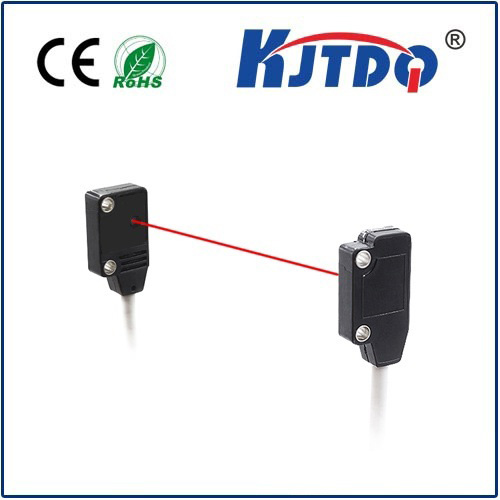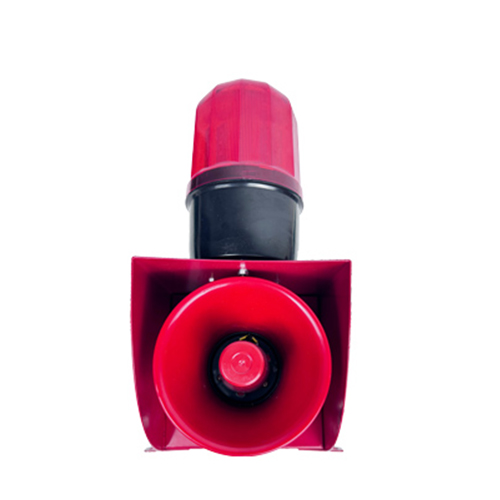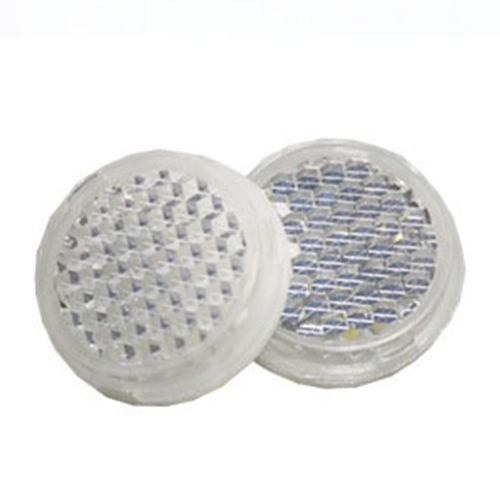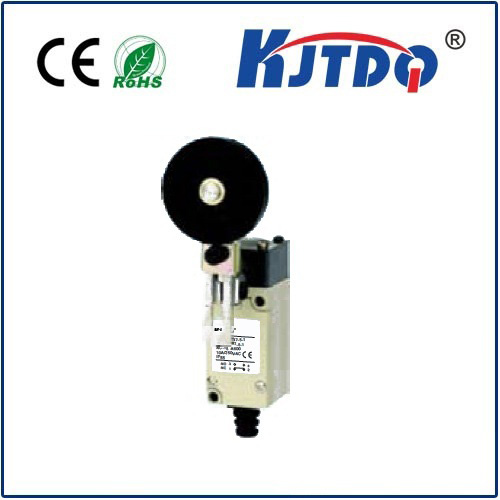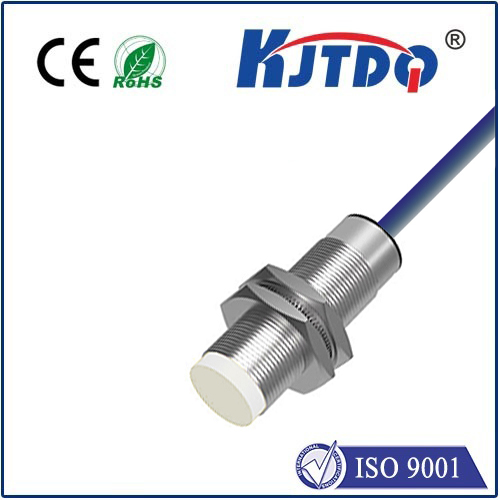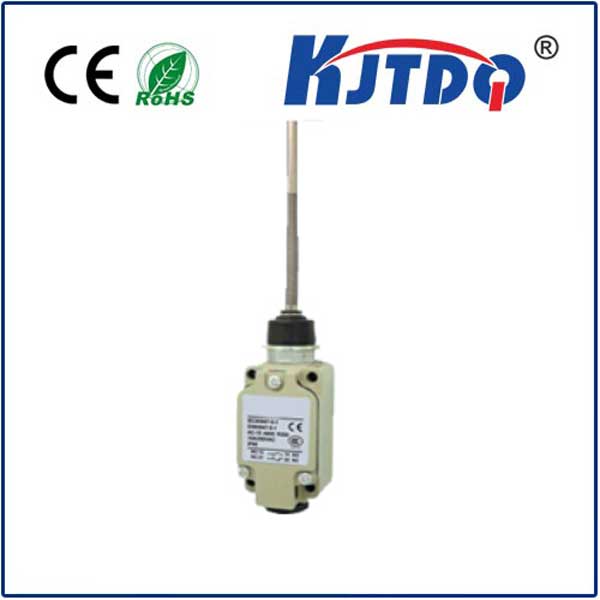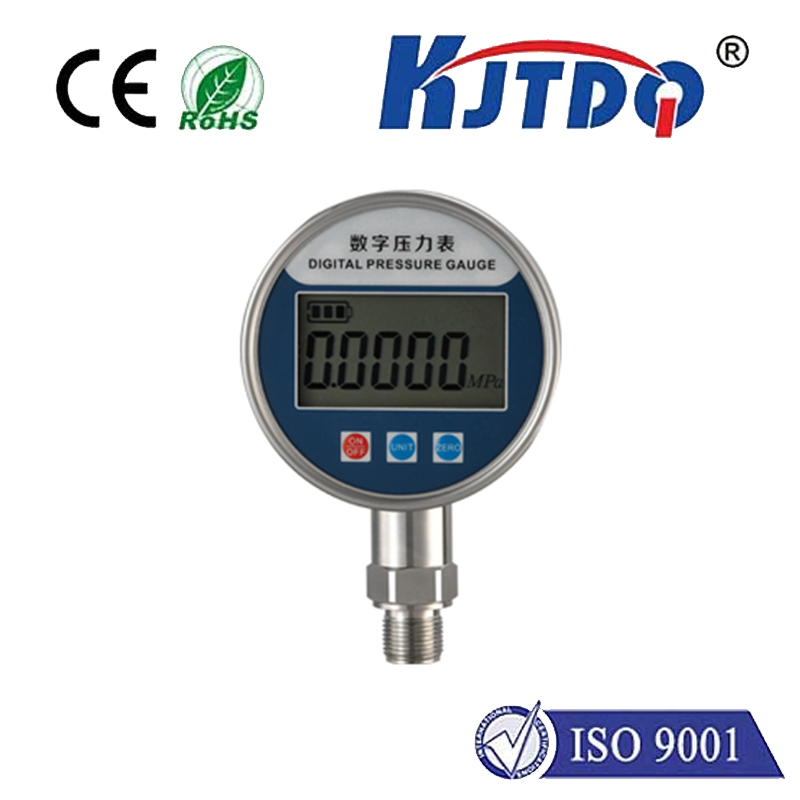

check

check

check

check
The quest for more precise, reliable, and versatile sensing technologies has driven remarkable innovations. Among these, fibre optic sensors stand out, transforming how we measure critical parameters in environments where traditional electronic sensors struggle or fail. But how exactly do these slender strands of glass unlock such powerful sensing capabilities? The answer lies not in complex electronics within the fibre itself, but in the fundamental way light propagation through the fibre is altered by the very conditions it’s designed to detect. Understanding this core working principle (light modulation by external stimuli) is key to appreciating their revolutionary impact.
Light Transmission: The Foundational Principle
At the heart of every fibre optic sensor lies the optical fibre, a marvel of modern materials science. A typical fibre consists of a central core made of ultra-pure glass or plastic, surrounded by a cladding layer with a slightly lower refractive index. This subtle refractive index difference is crucial. When light is launched into the core at an appropriate angle, it becomes trapped due to the phenomenon of total internal reflection (TIR).
Imagine light rays hitting the core-cladding boundary. If the angle is steep enough, instead of refracting out into the cladding, the light ray completely reflects back into the core. This internal reflection happens repeatedly along the entire length of the fibre, guiding the light with minimal loss from one end to the other. This efficient transmission of light over long distances with high fidelity is the first essential characteristic leveraged by fibre optic sensors.

Sensing Through Light Modulation: The Core Working Principle
A bare optical fibre itself isn’t inherently a sensor; it’s just a light pipe. The magic happens when the fibre (or a specific section of it) is engineered or configured so that external physical, chemical, or biological parameters (like temperature, strain, pressure, vibration, acoustic waves, refractive index, chemical concentration) can interact with the light travelling within. This interaction causes a measurable change in one or more properties of the guided light signal. This process is called modulation.
The key to fibre optic sensing lies in detecting and interpreting this modulated light signal. The specific property of light that changes defines the primary type of modulation and, consequently, the sensor category:
Polarization Modulation: Some sensors exploit changes in the polarization state of light travelling through a fibre. External influences like magnetic fields (Faraday effect) or mechanical stress (photoelastic effect) can rotate the plane of polarization. Detecting this rotation provides information about the measurand.
Distributed Sensing: This powerful concept transforms the entire length of an optical fibre into a continuous sensor. Techniques like Optical Time Domain Reflectometry (OTDR) or Rayleigh/Brillouin/Raman scattering analysis are used. A short pulse of light is launched into the fibre. As the pulse travels, tiny amounts of light scatter back towards the source. The time delay of the backscattered light indicates the location along the fibre. Changes in temperature or strain alter the characteristic scattering at each point. Sophisticated analysis of this backscattered light allows measurement and precise localization of temperature or strain profiles along tens of kilometers of fibre. This is invaluable for pipeline monitoring, power cable monitoring, and perimeter security.
Why Fibre Optic Sensors? Key Strengths
The working principle based on light modulation grants fibre optic sensors unique advantages:

